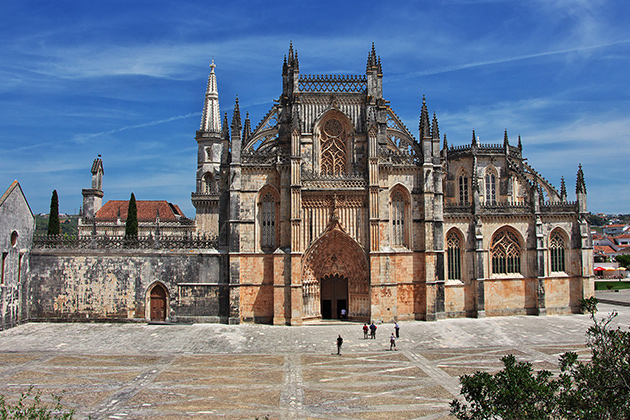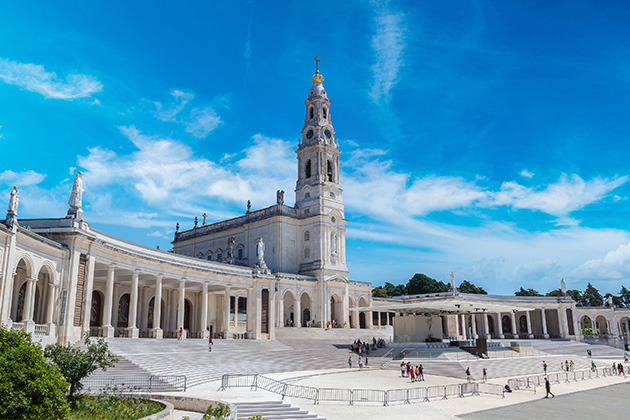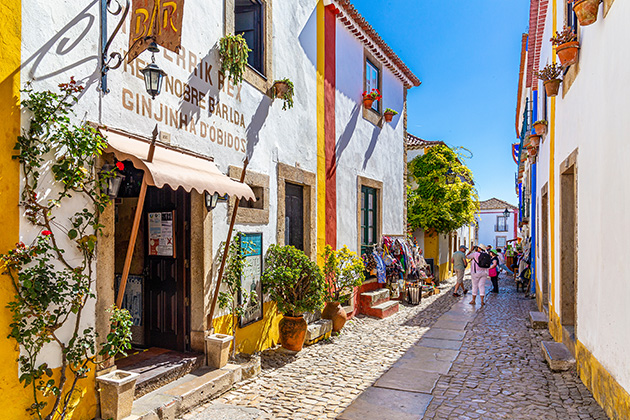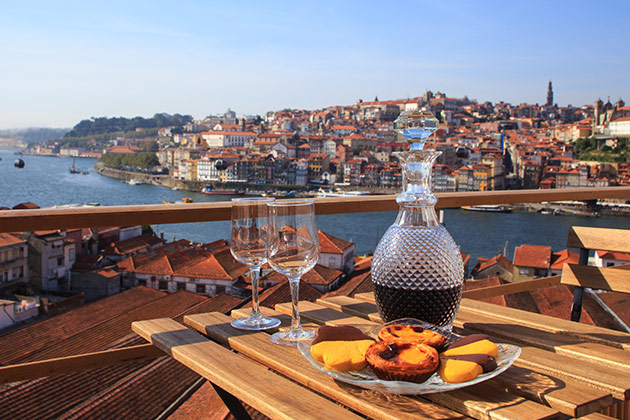
In this article we tell you about Portuguese customs and traditions, so that you can get to know them and learn more about local culture.
Traditional dances
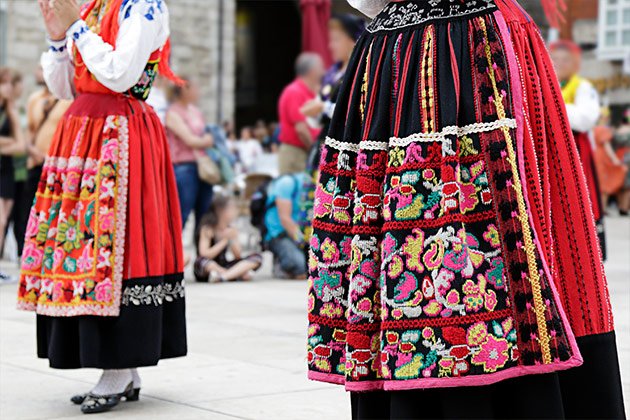
From the north to the south, traditional dances are very popular and express an important part of the soul of the country’s different regions. One of the most well-known is the Pauliteiros de Miranda dance, performed by eight men from Terras de Miranda, who dance to the tune of bagpipes, castanets, drums and other local instruments, while enacting important historical regional moments. They dress in an embroidered kilt, linen shirt, a brown vest, leather boots, woolen socks, hat and use two sticks (palos) to dance.
Another popular dance is performed by the Caretos de Podence, traditional characters from the Northeast of Trás-os-Montes and Alto Douro region, which hark back to the times of the Celts, in pre-Roman times. During Carnival the men put on red, yellow, green or black masks, made of leather, wood or tin, and wear suits made of garishly coloured fringed quilts. They also wear a belt of cow bells around their waists, which produce the characteristic Caretos sound.
Other examples are the Vira, from the Minho region, Madeira’s Bailinho, the Corridinho in the Algarve, the Fandango in the Ribatejo, the Vira from Nazaré, the Chula from the Douro, the Moda das Saias, which is traditional to several regions, the Bailarico Saloio, the Farrapeira and the Tirana dances.
Portuguese tiles
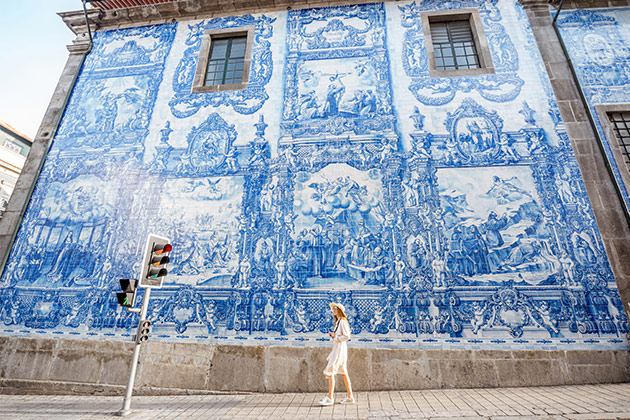
Portuguese tiles, or azulejos as they are known locally, are a landmark in the country and cover the walls of many important public buildings and monuments, depicting different moments of history. They were introduced to Portugal at the beginning of the XVI Century, through the influence of Flemish and Spanish workshops, but Portugal soon learned how to make them and started its own creations. The tiles are made of ceramic and are usually square, with one glazed side and usually measure 15 by 15 centimeters. Over time they have been used increasingly as decorative pieces, coming in different sizes and patterns.
Barcelos Cockerels
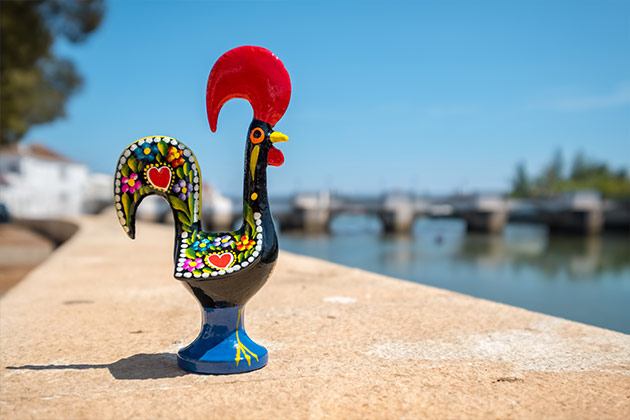
According to legend, in the medieval times a pilgrim who was heading to Santiago de Compostela, was saved from being hanged when a cockerel sang. That was how the tradition of the Barcelos Cockerel was born. The images are usually made of clay, and represent the Barcelos region, but have grown to become an image of the country in general.
Handicraft
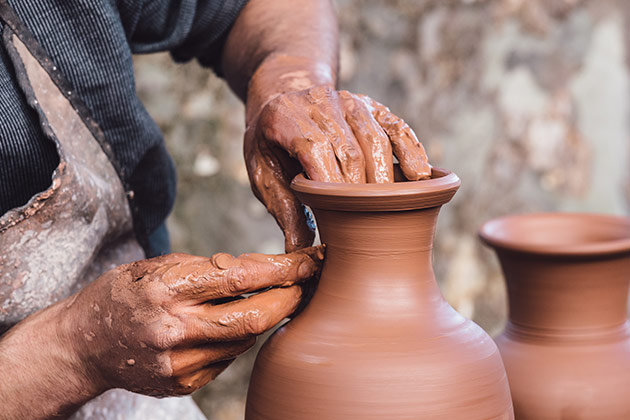
Portuguese handicraft is strongly connected to popular culture and is very characteristic of rural regions, especially. Each region has its own art, passed down orally, from generation to generation. The Arraiolos carpets, for instance, are very popular. They emerged before the XVII Century and follow a traditional stitch called the “ponto de Arraiolos”. Portuguese filigree is also very popular. This is a living jewelry tradition in the North of Portugal, consisting of very fine metal threads and beads. But Portugal also stands out in many other arts besides carpet making and jewelry, such as ceramics, lace and embroidery.
Conventual sweets
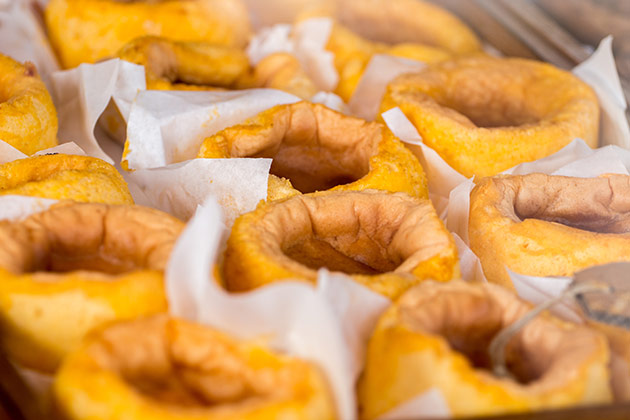
Conventual sweets are one of Portugal’s oldest and widely appreciated traditions. It is said that most of them were created by monks and nuns, using the sugar and egg yolks that overflowed in the convents, since the nuns used the whites to starch their habits. Almonds or other dry fruits and nuts are often added. There is a wide variety, from different parts of Portugal, but the most popular are the Pastel de Belém, the pastel de Santa Clara, the Papo de Anjo and the Toucinho do Céu.
Festivals and pilgrimages
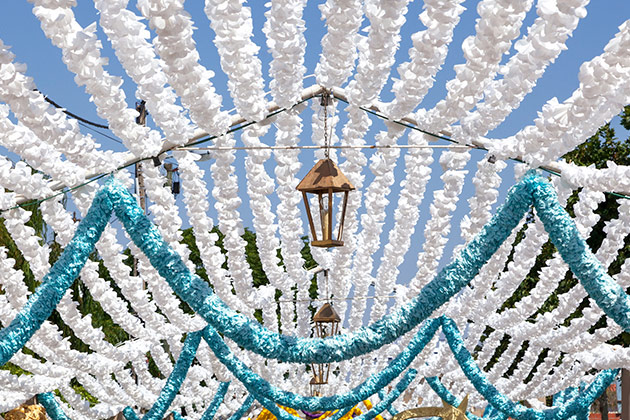
Portugal has many festivals and pilgrimages, most of which are religious in nature. The most well-known are the “Popular saints”, more specifically the Feast of Saint Anthony, in Lisbon, where the saint was born towards the end of the XII Century. During the month of June people go out into the street to dance and eat grilled sardines, washed down with wine and sangria. But the highlight is the popular parades, on 12 June. In Porto the festival is celebrated on the evening of 23 June, to mark the feast day of St. John the Baptist. This is also a popular party in Braga and in Vila do Conde, also with popular parades, sardines and street parties.
Cuisine
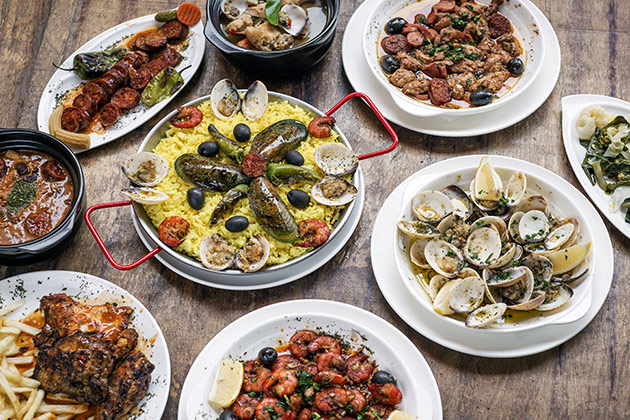
Portugal is also known for its varied and diverse cuisine, which is a blend of Mediterranean and Eastern influences, due to the introduction of spices during the discoveries. Portuguese cuisine includes a lot of fish, especially on the coast. Further inland there is excellent meat, especially beef, lamb and pork. Fresh vegetables, especially in soup, are also a fundamental part of the Portuguese diet.
Port wine
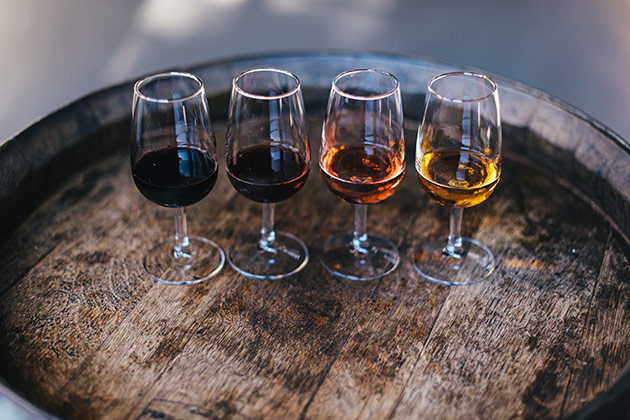
Port is a fortified liqueur wine, produced from grapes grown in the Douro Demarcated Region, which is located about 100 km from the city of Porto. The wine is special because it is made using a different fermentation process – the fermentation is interrupted two or three days after the beginning, through the addition of natural grape spirit. This combination makes it especially sweet and stronger than normal wine. It is stored in cellars in Vila Nova de Gaia, and owes its name to the city of Porto, from where it was shipped all over the world.

